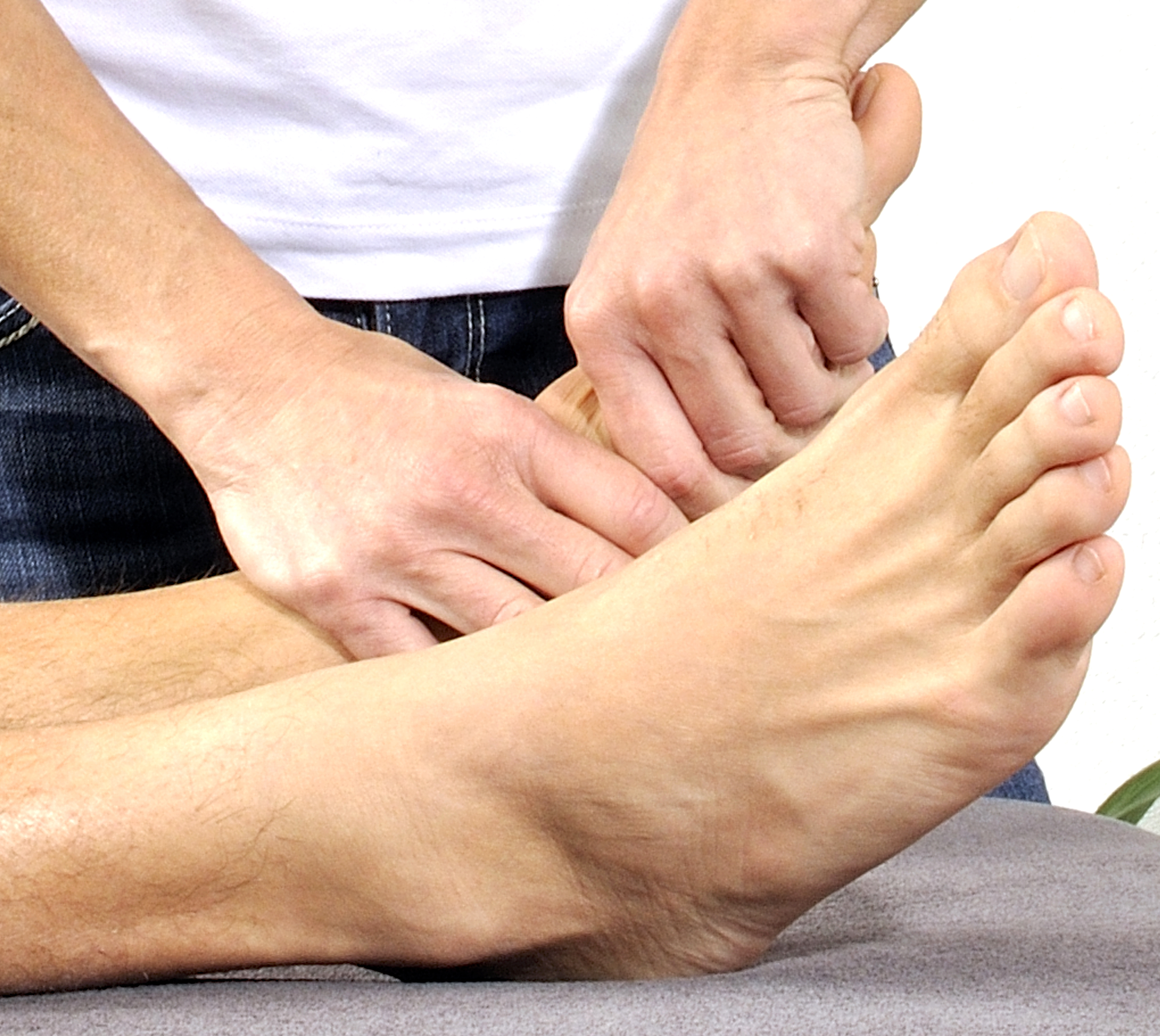Approximately 25% of all injuries for physiotherapy clinics are ones that affect the ankle, and 75% of these tend to affect the lateral complex. However there are a multitude of variances and differential diagnosis that play a part and can lead to chronic ankle instability if not detected.
Research has shown that there are little diagnostics towards the described severity of the injury as reported by the patient, and little correlation between hearing an audible pop/crack during the incident and linking that to a ligament injury.
Other potential injuries around the ankle include:
- Occult Fractures
- Anterior process of the talus
- Lateral process of the talus
- Base of the 5th metatarsal
- Dancers fracture
- Avulsion fractures
- Jones fractures
- Posterior process of the talus
- Talar dome
- Deltoid ligament injury
- Syndesmosis injury
- Peroneal tendon injury
- Lateral foot injury (multiple ligaments may be damaged and different grades of sprains may be considered)
- Impingement injuries
- Dorsal talonavicular injury
In most situations, it is important to wait at least 5 days before doing the physical examination. Why is this?
On day 1:
- Stress tests are difficult to perform
- The patients tend to present with diffuse pain on palpation
- It is very difficult to differentiate between oedema or a haematoma
At day 5:
- Pain is more specific
- The swelling has decreased
- A haematoma is more obvious
- Stress tests can be performed more reliably
Specific tests help gain a greater knowledge towards the area of injury. Combining that with thorough subjective, and other investigations such as X-ray and MRI may be required to decipher the degree of damage that has occurred.
Once the injury is well understood, it is important to put in place the most appropriate measures to assist functional rehabilitation. These measures include:
- Reduce the swelling
- Restore range of motion
- Encourage early weight bearing
- Compression
- Muscle retraining and reconditioning (takes approximately 10 – 12 weeks)
- Restore postural control
So it is important to realise that ankle injuries aren’t just “ankle sprains” and they can take quite a while to recover. It is therefore important to utilise the knowledge of a physiotherapist to assist your recovery, and help prevent further injuries to the ankle later in life.

